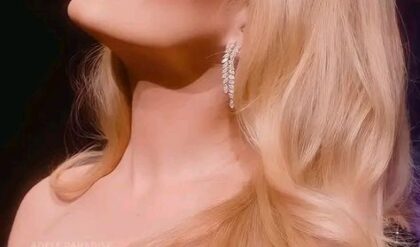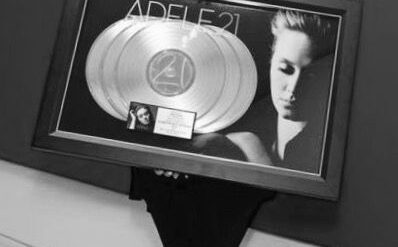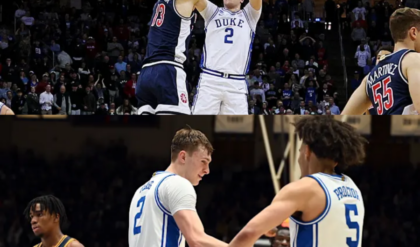Beyonce’s Renaissance sings to $5M in previews, here are the biggest takeaways
Beyoncé can’t miss. If you thought her Netflix Coachella special was amazing, you’re in for a real treat with her Renaissance film.
As audiences delve into this cinematic journey, the film not only showcases Beyoncé’s musical brilliance but also peels back the layers of her multifaceted life. Here, we explore the major revelations and takeaways from this extraordinary documentary, which hit theaters on December 1st.

Beyoncé’s Musical Mastery
Within the narrative of “Renaissance: A Film by Beyoncé,” a defining moment captures Beyoncé’s musical genius. A backstage insight unveils her creative process, suggesting an arrangement for the track “Cuff It.” Her vision entails an acapella start, accompanied by a punchy brass section leading into the full-bodied song. This revelation reinforces that Beyoncé isn’t merely a singer; she’s a musician, dancer, composer, lighting designer, wife, and mother. The film emphasizes her uniqueness and unparalleled contributions to the entertainment world.
A Shift in Perspective: Beyoncé’s Recalibration
As the documentary unfolds, Beyoncé candidly shares a significant shift in her perspective. She declares her exhaustion with the role of a “serial people-pleaser,” a mantle she has carried since childhood in pursuit of stardom. Now, at the pinnacle of her career and entering her forties, she boldly asserts, “I have nothing to prove to anyone at this point.” This recalibration marks a turning point in her artistic journey, symbolizing newfound self-assurance and autonomy.
Blue Ivy’s Ascent to Stardom
In the film “Renaissance,” Blue Ivy Carter, Beyoncé’s eldest daughter, emerges as a shining star in her own right. A pivotal moment unfolds as Blue fervently advocates for retaining “Diva” on her mother’s tour setlist, showcasing her passion for preserving iconic songs. The documentary delves into Blue Ivy’s initial reluctance and subsequent rise to stardom during live performances of “My Power” and “Black Parade,” Vogue reports. Beyoncé initially hesitated to let Blue perform, citing her own industry trials as preparation for the spotlight, experiences that Blue Ivy hadn’t encountered. Following Blue’s debut performance, she faced harsh criticism online, yet in true resilience, she used the negativity as fuel for rigorous training, returning stronger and more determined.
The documentary paints a poignant picture of Blue Ivy’s evolution. Her witty interjections, like playfully urging her mom not to waste time on details during rehearsals, offer comic relief throughout the lengthy film. However, the true beauty lies in witnessing her growth as a person and artist. Originally intended as a one-time cameo, her performances became a regular feature, empowered by songs that embrace taking control of one’s narrative.
Despite initial reservations, Beyoncé acknowledges her daughter’s growth, highlighting Blue Ivy’s dedication and perseverance. Fuelled by the online criticism she faced — undeserved for an 11-year-old — Blue Ivy channeled this negativity into determination, establishing her fan base, affectionately known as the Ivy League, while captivating audiences across numerous tour dates. Blue Ivy’s journey, from initial hesitation to owning the stage and cultivating her identity as an artist, stands as a testament to her resilience and unwavering determination to carve her place in the spotlight.
The Almost-Complete Setlist
While the film trims the ballad-heavy prelude from Beyoncé’s Renaissance setlist, it manages to incorporate nearly every other song from the tour. Notably, “Thique” and “All Up in Your Mind,” excluded from various tour stops, find a place in the film’s repertoire. However, a missed opportunity arises with the swift depiction of a Destiny’s Child reunion in Houston, leaving viewers yearning for more insights and discussions from this historic gathering.
Beyoncé Unveiled: A Rare Glimpse
Known for her private persona, Beyoncé grants audiences a rare glimpse into her life through “Renaissance: A Film by Beyoncé.” The documentary delves into her motherhood journey on the road, featuring tender moments with daughter Rumi. Vulnerability surfaces as she shares memories of her late Uncle Johnny, offering a more intimate portrayal. Despite maintaining some boundaries, the film provides a unique perspective on Beyoncé’s relationship with her body and time, shaped by past injuries.
Conclusion: Beyoncé’s Ongoing Renaissance
In the final analysis, “Renaissance: A Film by Beyoncé” goes beyond a concert documentary; it serves as a portal into Beyoncé’s ongoing renaissance. Her multifaceted persona, from musical maestro to motherhood and vulnerability, unfolds on the big screen. While she retains certain aspects of her life behind the scenes, Beyoncé’s willingness to share glimpses of her authentic self resonates with audiences. As she confidently declares her autonomy and creative freedom, this cinematic venture marks a new chapter in Beyoncé’s illustrious career—one where her artistic spirit knows no bounds, and her journey of self-discovery continues to captivate the world.





